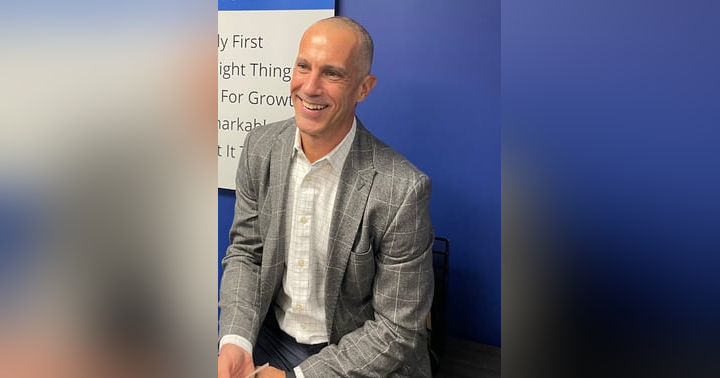
From Cheerleading to Endurance Sports
Allison Yamamoto didn’t always know the name of the condition that was slowly draining her energy. Her life had always been about movement. Raised in California, she grew up outdoors—swimming, climbing, lifeguarding—surrounded by a family that valued strength and adventure. Her first passion was cheerleading, where precision met performance. But in time, she shifted toward endurance sports, drawn by the meditative rhythm of long-distance running and cycling.
Even as she achieved more—longer distances, faster times, a thriving career in tech—she began to notice the cracks. Deep fatigue. Mental fog. An inconsistent energy that didn’t match her disciplined routines. But she brushed them off. Everyone was tired. Everyone pushed through.
Discovering the Impact of Overtraining and RED-S
As Allison juggled a demanding corporate job with rigorous marathon training, her body quietly rebelled. She was unknowingly underfueling—eating too little to support her physical output. It wasn’t intentional. It was habit. Driven by perfectionism and a love for metrics, she kept going until the warning signs could no longer be ignored.
She learned that what she was experiencing had a name: RED-S—Relative Energy Deficiency in Sport. Once limited to what was called the “Female Athlete Triad,” RED-S now describes a condition affecting athletes of all genders who don’t eat enough to meet their energy needs. The consequences are serious: hormonal dysfunction, decreased bone density, higher injury risk, and mental burnout.
Shifting Focus: From Metrics to Mindful Health
The shift came when Allison chose to listen—really listen—to her body. She stopped chasing performance markers and began learning how to nourish herself. Through working with experts, she embraced a new philosophy: that food is fuel, rest is recovery, and longevity matters more than speed.
That journey led her to launch The Ally Method, her coaching platform designed to help athletes recognize the symptoms of RED-S and break the cycle of overtraining. Her work emphasizes education, empowerment, and sustainable habits.
How to Spot RED-S
Allison teaches that RED-S isn’t always obvious at first. It often hides behind progress or discipline. But if you know what to look for, you can catch it early:
-
Physical Symptoms: Fatigue, frequent injuries, digestive issues, irregular or missing menstrual cycles.
-
Cognitive Symptoms: Brain fog, mood swings, irritability, and lack of motivation.
-
Performance Changes: Slower recovery, endurance plateaus, or unexplainable regressions.
The sooner you recognize these patterns, the sooner you can take action to prevent long-term damage.
Key Takeaways from Allison’s Approach
-
Prioritize Energy Availability: Your body needs fuel not just to perform, but to survive and thrive.
-
Holistic Health Comes First: Don’t chase numbers. Chase balance.
-
Rest is Not Quitting: Recovery is where growth happens.
-
Personalize Your Nutrition: What works for others may not work for you—find what your body needs.
-
Get Help Early: Support from professionals can help you course-correct before it’s too late.
Embrace Sustainable Athleticism
Allison’s story is not about quitting. It’s about continuing—with wisdom. Her message is clear: performance and health don’t have to compete. When athletes understand their bodies and embrace rest as fiercely as they embrace training, they unlock not just better results, but better lives.
To learn more about Allison’s work and access her resources, visit TheAllyMethod.com.











